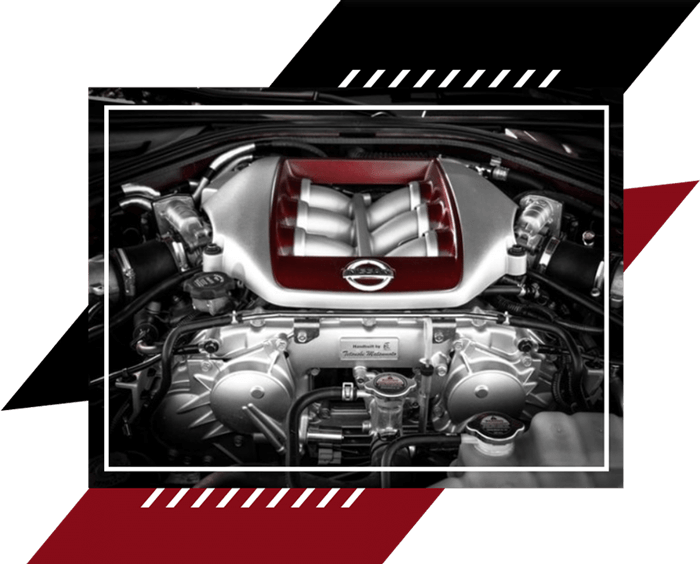TIPS AND ADVICE

Check YourEngine & Tyres
Your tires should be rotated every other oil change or every 5,000 miles. Neglecting to rotate tires is a major cause of premature tire wear.
YES. The failure of a timing belt in many cars can result in major engine damage. The cost of repairing an engine with a broken timing belt is much greater than the cost of a timing belt replacement.
There are many sensors and computerized components that manage your vehicle’s engine performance and emissions. When one of these fails, the “check engine” light is illuminated. Although your car may seem to run fine, it is important to have the issue addressed to prevent long-term problems or failure of emission tests.
Check YourWirings & Battery
Battery cables and terminals should be cleaned and inspected to make sure they provide a good electrical connection.
For maximum fuel economy and peak engine performance, your spark plugs should be replaced every 30 months or 30,000 miles, unless your vehicle is equipped with 100,000-mile platinum-tipped spark plugs.
Always replace burned-out fuses with ones of the same amperage (printed on the fuse) and note that if a fuse continues to “blow,” you should have the circuit checked professionally by one of our technicians for defects.


Check YourCar Oil & Filter
You should get your oil changed every 3,000 miles or as recommended in your vehicle’s owner’s manual. If intervals are extended, ensure you use oil that is capable of extended mileage changes.
Synthetic motor oils can be a good choice for high output, turbocharged or supercharged engines, vehicles that are used for towing (especially during hot weather) or vehicles that are operated in extremely cold or hot climates. Synthetic motor oils can improve fuel economy and provide longer intervals between changes. They also provide instant lubrication on start-up.
To help ensure dependable, trouble-free performance, replace your car’s fuel filter approximately every 30,000 miles or as recommended in your vehicle’s owner’s manual.